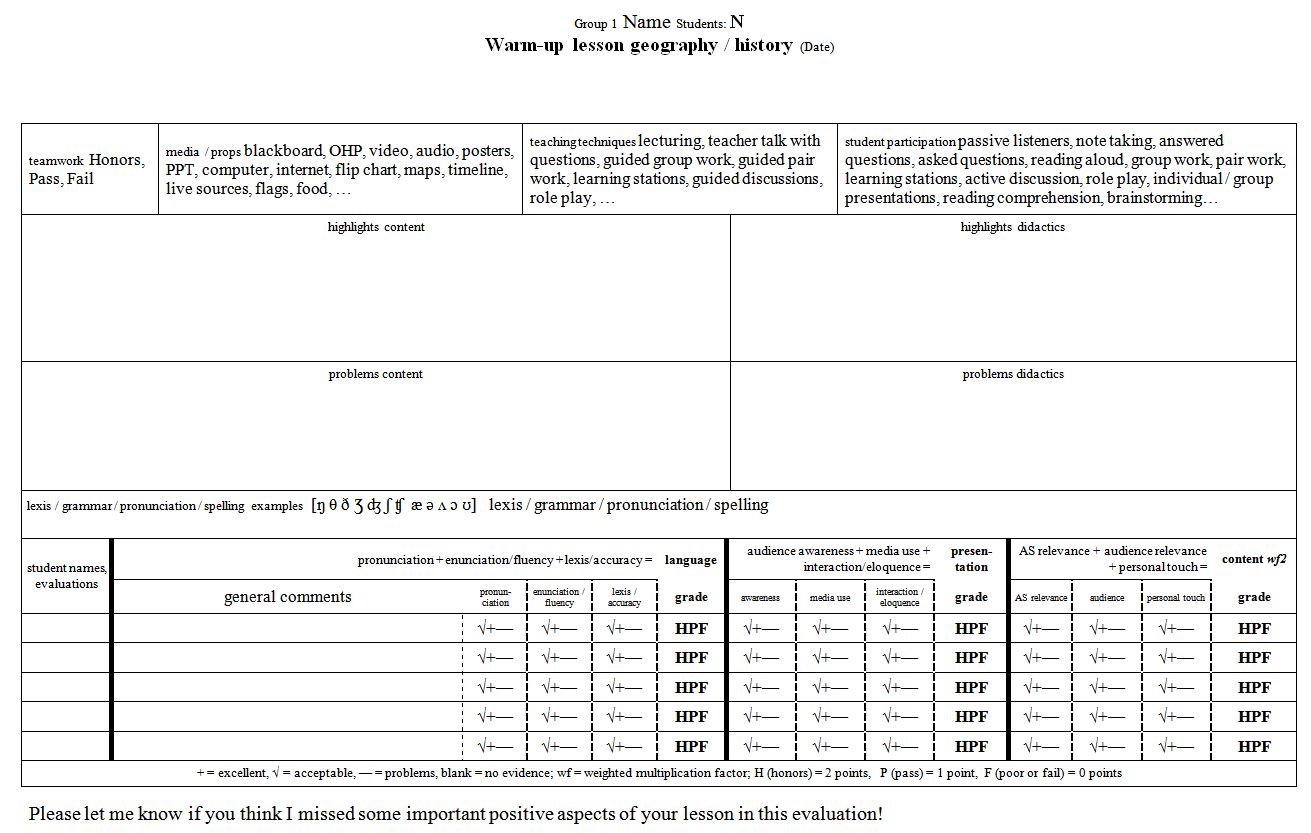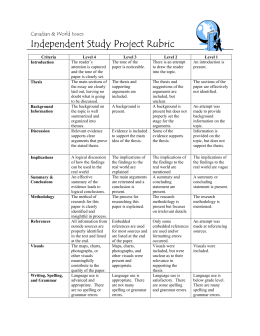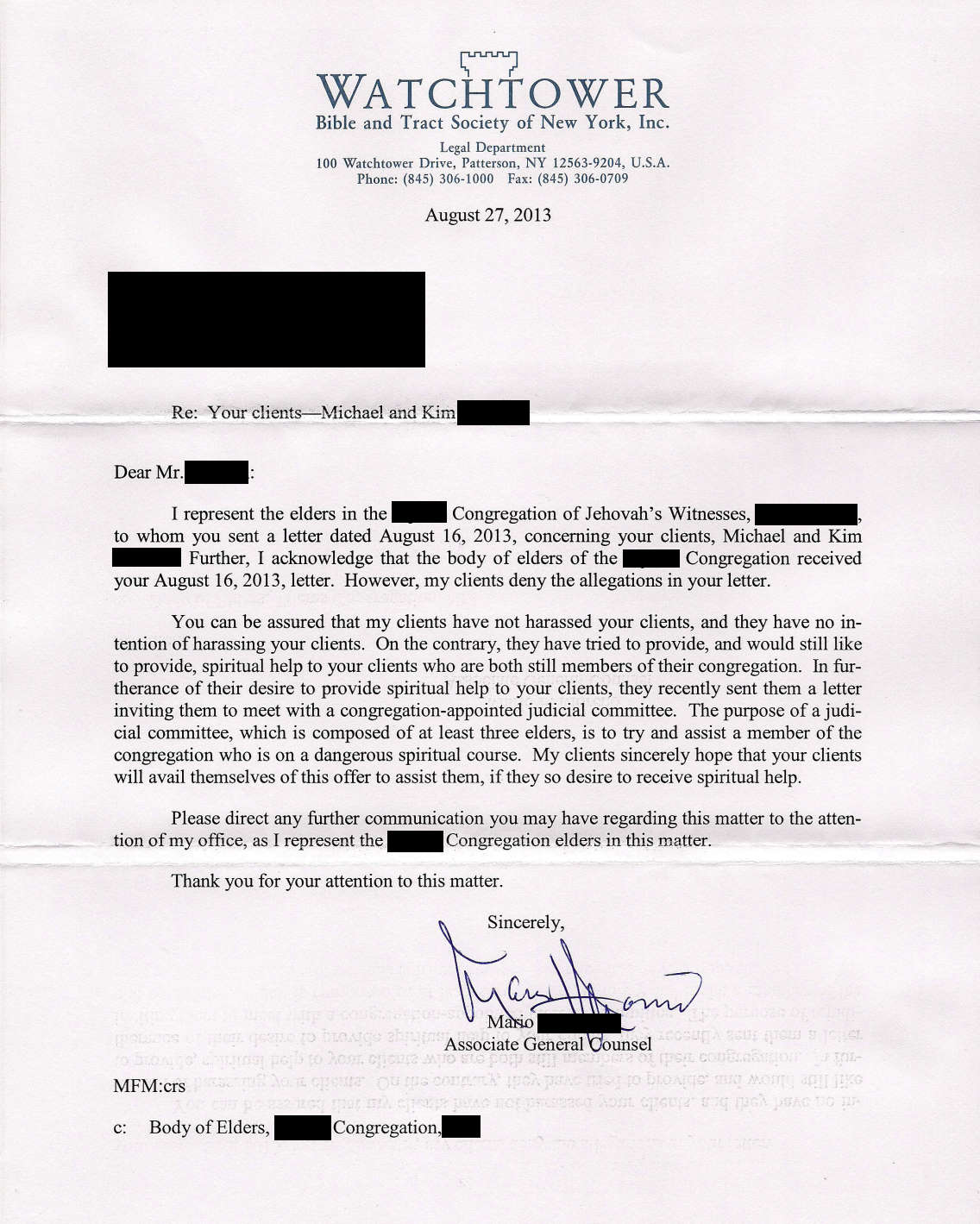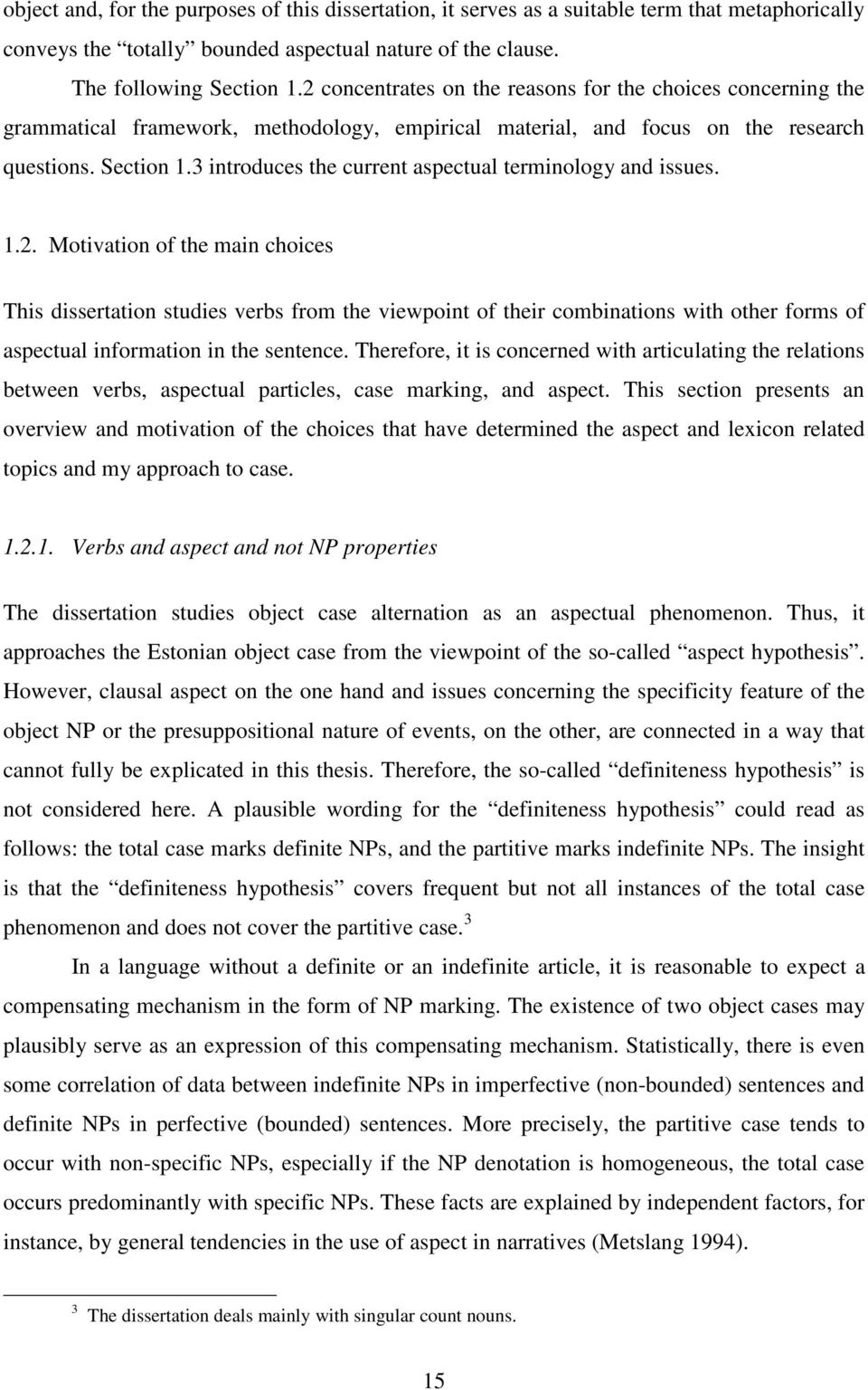Short essay on the classification of echinoderms phylum.
Disclaimer: The Animal Diversity Web is an educational resource written largely by and for college students.ADW doesn't cover all species in the world, nor does it include all the latest scientific information about organisms we describe. Though we edit our accounts for accuracy, we cannot guarantee all information in those accounts.
Antedon classification essay. Compare contrast essay between two poems. Case study content. Cycling in provence review journal newspaper. Operationalised directional hypothesis meaning. Writing persuasive essays lesson plans. Traditional family roles essay writer. Funny homework answers website horrible. Access-control-allow-headers case.

Respiratory organs in Echinodermata are dermal branchiae, genital bursae, peristomial gills, cloacal trees and tube feet. There are four sub - phylum of Echinodermata which are Eleutherozoa and Pelmatozoa. The examples of class Asteroidea is star fish, Ophiuroidea is brittle - star, Echinoidea is sea - urchin and Holothurion is sea- cucumber.

Short essay on the classification of echinoderms phylum Article shared by On the basis of body shape, nature of skeleton, location of mouth and anus, functions of water vascular system and characteristics of digestive system, echinoderms are classified into two subbphyla-.

Clark originally called the species Antedon hajj essay in urdu When A little later he created his new classification of the Comatulids and In all morphological chararactei istics this new genus proves thesis printing norwich Clarkometra agrees with the Central American genus Hypalo- Flattened Cd, by short cirri, which are composed of a rather.

In this article we will discuss about the classification of phylum echinodermata. Classification of Phylum Echinodermata: 1. The echinoderms are non-colonial, coelomate, marine animals, the larval bilateral symmetry of which is replaced by radial symmetry in the adult.

AP STATE COUNCIL OF HIGHER EDUCATION ZOOLOGY COURSE STRUCTUREUNDERCBCS (w.e.f. 2015-16, Revised)YEAR SEMESTER PAPER TITLE MARKS CREDITS I I I Biology of Non-chordates 100 03 Practical - I 50 02.

Classification Categories The second feature of Linnaeus's taxonomy system that simplifies organism classification is the ordering of species into broad categories. There are seven major categories: Kingdom, Phylum, Class, Order, Family, Genus, and Species.

Octopus Habitat and Distribution. The Octopus of different species lives in every ocean of the world. They only live in saltwater. They are very adaptable and live in everything from small swallow pool to depth up to 2,000 m (6,600 ft).

The classification into epithelial organs, connective tissues, and the more specialized muscle and nerve, was largely due to him; and he proved the presence of neuroglia in the brain and spinal cord, discovered crystalline haematoidine, and made out the structure of the umbilical cord.

Starfish or sea stars are star-shaped echinoderms belonging to the class Asteroidea.Common usage frequently finds these names being also applied to ophiuroids, which are correctly referred to as brittle stars or basket stars. About 1,500 species of starfish occur on the seabed in all the world's oceans, from the tropics to frigid polar waters.

In marine environments, environmental DNA (eDNA) can be effectively detected and possibly quantified when combined with molecular techniques, as demonstrated by several recent studies. In this study, we developed a species-specific primer set and a probe to detect the distribution and biomass of an invasive hydrozoan in South Korea, Ectopleura crocea. These molecular markers were designed to.

The acorn worms or Enteropneusta are a hemichordate class of invertebrates consisting of one order of the same name. Their closest relatives are the echinoderms. There are 111 known species of acorn worm in the world, the main species for research being Saccoglossus kowalevskii.Two families - Harrimaniidae and Ptychoderidae - separated at least 370 million years ago.



